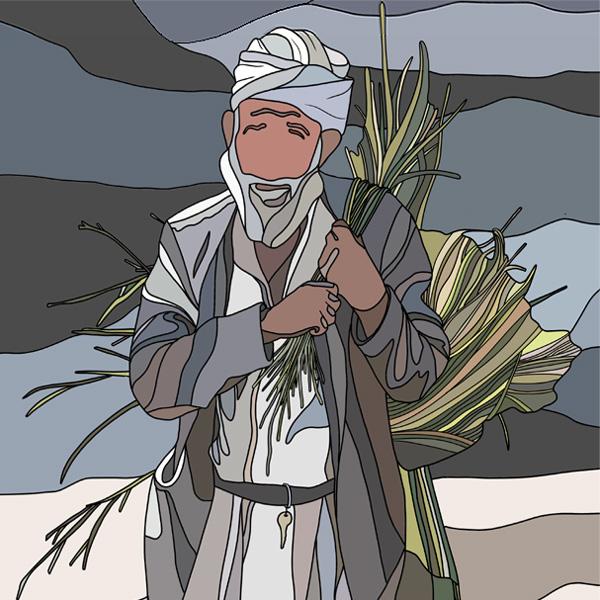Art Contest Rules and Parameters
Art Contest Rules and Parameters
I'll add links hereCategories
There are two categories for submissions:
- Teens (13 to 18 years of age)
- Adults (19-plus years of age)
Prizes
A $250 prize will go to the winner of each indicated category, along with a complimentary one-year subscription to VOMC’s monthly publication.
Deadline
The deadline for this contest is June 7th, 2024, at 5:00 p.m. (ET).
Submission
All submissions must be original works personally created by the artist. A high quality photo/scan of each submission is required for each entry (in JPG, PNG, or PDF format, minimum resolution of 300 DPI)s.
To make a submission, please fill out the art contest registration form.
For youth under the age of 18, a completed consent/authorization form must also be included with your submission.
Winners
The winners will be determined by a jury appointed by VOMC. The name of each winning artist, along with a brief description of their artwork, will be featured in the applicable issue. The artists will retain ownership of the original artwork and all rights pertaining to ownership. VOMC will be granted permission to include the prize-winning artwork in its publication(s), ensuring proper acknowledgment is given to the artist.




